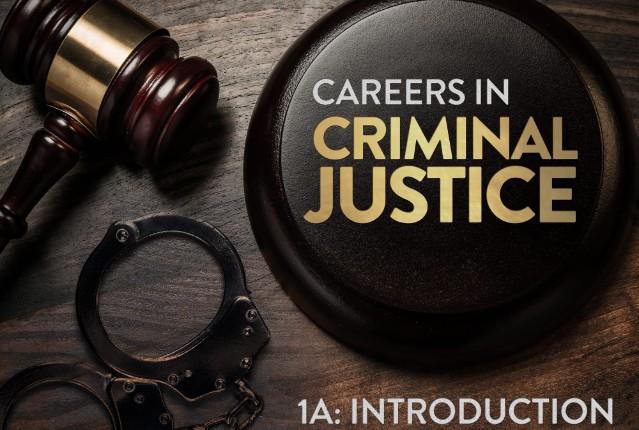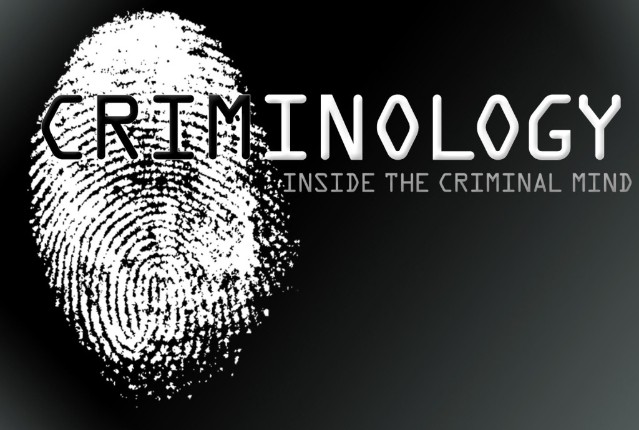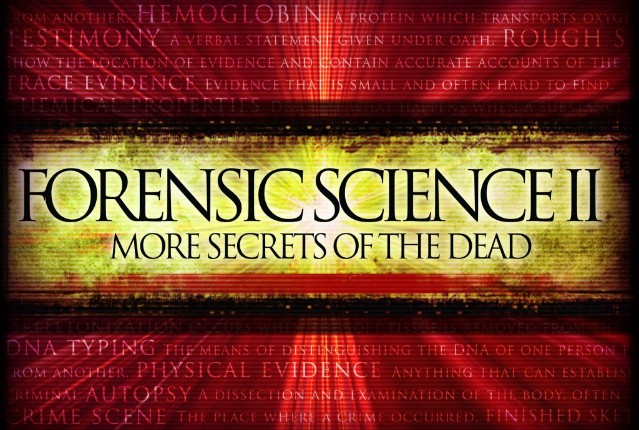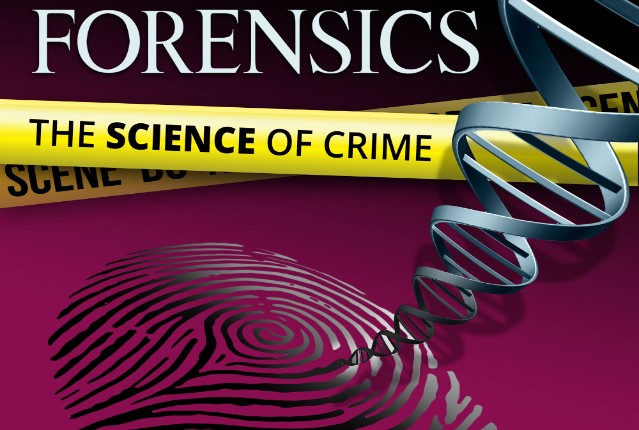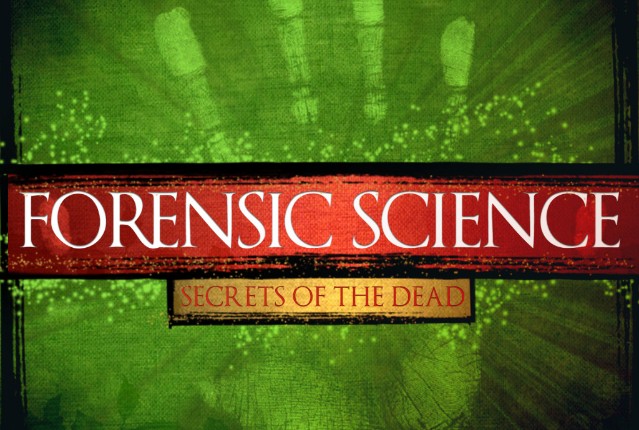
Forensic Science : Secrets of the Dead
Fingerprints. Blood spatters. Gunshot residue. If these things intrigue you rather than scare you, then forensic science may be for you. Explore the riveting job of crime scene analysis, and learn the techniques and practices applied during a crime scene investigation, including how clues and data are recorded and preserved. Discover how technology is applied to make discoveries and bring criminals to justice.
Review course outlineAccess for a year
USD 299.00*
* Choose more courses to get a discount
